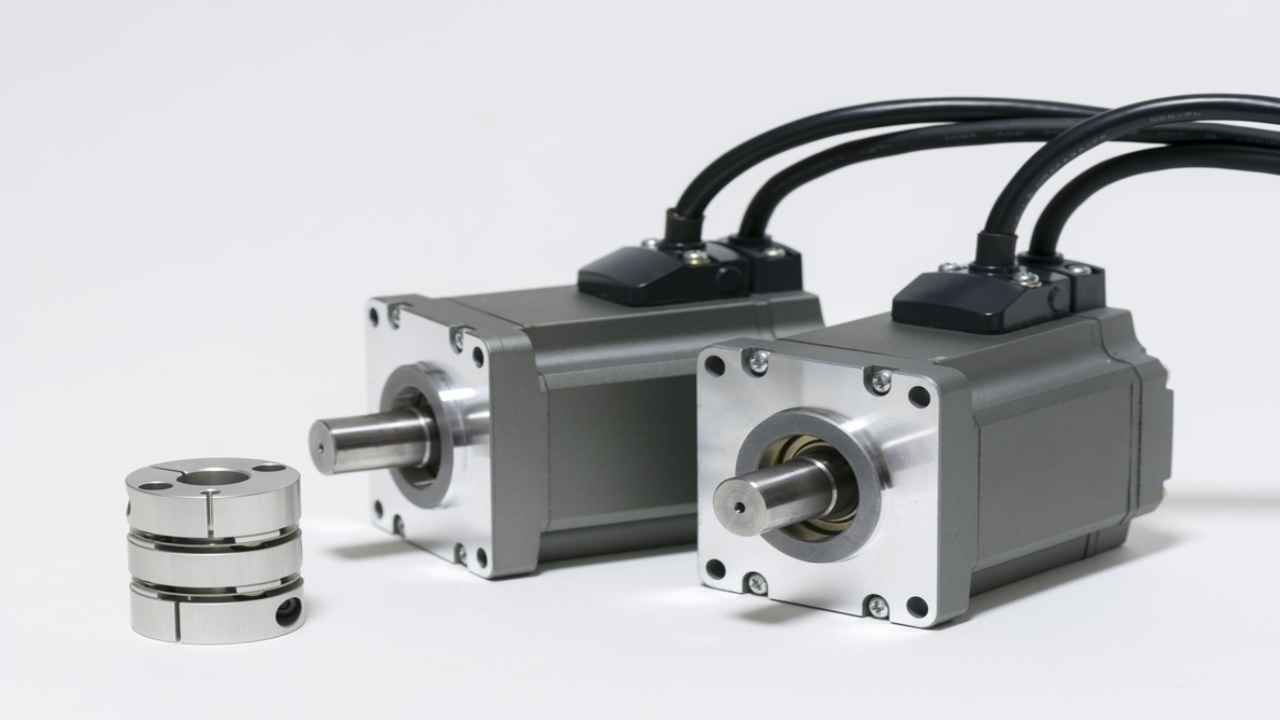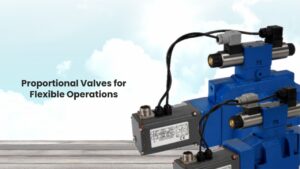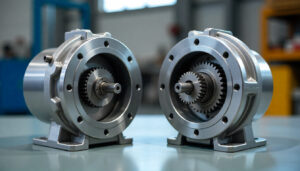When working with servo system for CNC machines, the mounting method is very important to get accuracy, stability and efficiency. Correct mounting minimizes vibration, increases accuracy of positioning and increases the life of the equipment. When applied in industrial servo control systems, multi-axis servo control systems and servo motion control systems, the proper mounting method will result in smoother operation and higher reliability. In high-speed machining, delicate engraving, and heavy-duty cutting, the effect of mounting is important to know to keep the performance of CNC machinery consistent and to maximize its productivity as it is one of the most crucial factors in ensuring long-term success of operations.
The Importance of Mounting to the Performance of Servo Motors
The mounting of a servo motor has a direct influence on:
- Vibration control – Vibration is enhance by poor mounting and decreases accuracy.
- Cooling – Proper mounting will allow cooling to provide long motor life.
- Accuracy of alignment – Accuracy of servo positioning is impaired by misalignment.
- Stability in operation – Stable mounting cannot be moves under load.
In servo system robotics applications, servo system packaging machines, or servo control system manufacturing, the appropriate mounting will improve the efficiency of motion control.
Types of Servo Motor Mounting Methods
1. Face Mounting
Face mounting involves the flange on the face of the motor to be mounted on the frame of the machine.
Advantages:
- Good and solid connection.
- Servo motor control systems and servo motion control systems that require rigidity are best suited.
Disadvantages:
- Lack of freedom in the adjustment of position.
2. Foot Mounting
In this technique, the motor is mounted on feet or brackets to a base plate.
Advantages:
- Simple to set up and service.
- Applicable to servo system of conveyor belts and servo system of automation equipment.
Disadvantages:
- May need additional room in tight designs.
3. Shaft Mounting
No additional couplings are use to support the motor on the driven shaft.
Advantages:
- Minimizes misalignments.
- Suitable in cases of limited space in digital servo control systems.
Disadvantages:
- Needs accurate machining so that stress is not exerted on the motor shaft.
4. Bracket Mounting
The motor is place at special angles or orientations by custom brackets.
Advantages:
- Complex servo positioning control systems flexible positioning.
- Commonly applied in servo system of packaging machines and servo system of robotics.
Disadvantages:
- May be expensive to add as it is custom fabricate.
The Effect of Mounting on Performance Factors
1. Accuracy
The high precision servo system is based on the stable mounting which is required to sustain the position accuracy, more so in the servo system with feedback control.
2. Vibration and Noise
Mounting also minimizes vibration, which means quiet and smooth operation in industrial servo control systems.
3. Thermal Management
Airflow and cooling are enabled by good mounting, which increases the service life of the servo motor and drive system.
4. Maintenance
Certain styles of mounting facilitate inspection and replacement of components, which is important in the servo control system of manufacturing.
Tips for Optimizing Mounting in Servo System
- Install the motor square by using precision alignment tools.
- Use vibration damping pads to decrease noise in critical servo motion controls systems.
- Provide proper ventilation to enhance dissipation of heat in AC servo motor control systems.
- To ensure bolts do not loosen, follow torque specs provided by the manufacturer.
- Check the stability of test systems after installation, particularly on multi-axis servo control systems.
The Most Common Mistakes to Avoid
- Misalignment: This decreases the efficiency of servo system of CNC machines and causes wear.
- Lack of support- Causes instability in high speed application such as servo system in conveyor belt.
- Excessively tightening bolts- May destroy housing of servo system of automation equipment.
Real World Applications
- CNC Machining: Face mounting is done with precision and accuracy to the cut and milling.
- Robotics: Bracket mounting offers flexible joint positioning in servo system used in robotics.
- Packaging Lines: Foot mounting provides easy maintenance in servo system of packaging machines.
- Material Handling: It provides compact power of servo system to conveyor belt shaft mounting.
Conclusion – The Mounting in the Success of Servo Motors
The way you mount them directly affects the accuracy, reliability and life of your servo system on your CNC machines. High-performance solutions offer by THM Hydraulics comprise digital servo control systems, multi-axis servo control systems, and servo system with feedback control to be use in CNC, robotics, packaging, and automation.
Get in touch with us today to get the best servo control system in manufacturing that suits your specific requirements and guarantees long-term productivity.
FAQ’s
Q 1. How to make a servo motor move faster?
To attain higher speed, increase the input voltage within the rated limit of the motor, reduce weight of the load and optimize motion profiles in the controller.
Q 2. How to increase the torque of a servo?
Multiply the torque using a gearbox, select a servo with a higher-rated torque, or change the system parameters to provide more current in a safe range.
Q 3. Why is my servo motor making noise but not moving?
This may be as a result of mechanical jam, overload, wrong wiring or a faulty driver. Restart after checking connections and load.
Q 4. Are servo motors brushed or brushless?
The servos in modern industry are primarily brushless to achieve greater efficiency and durability, although brushed servos are still available in low-cost applications.
Q 5. What is the inertia ratio for a servo motor?
It is the ratio of load inertia and motor inertia. Stability is usually ideal at a ratio of about 1:1 or a maximum of 5:1.
Q 6. Are servo motors AC or DC?
Servo motors may be either AC or DC, as a matter of design and application.



